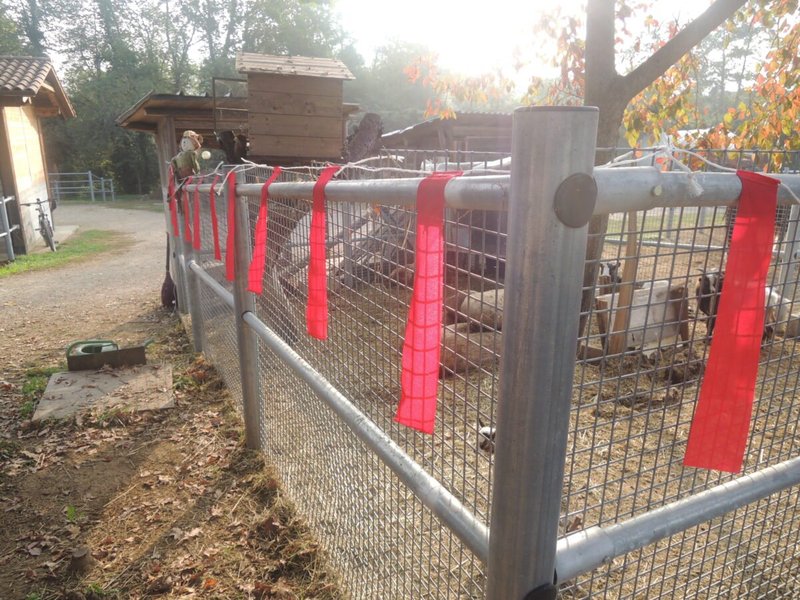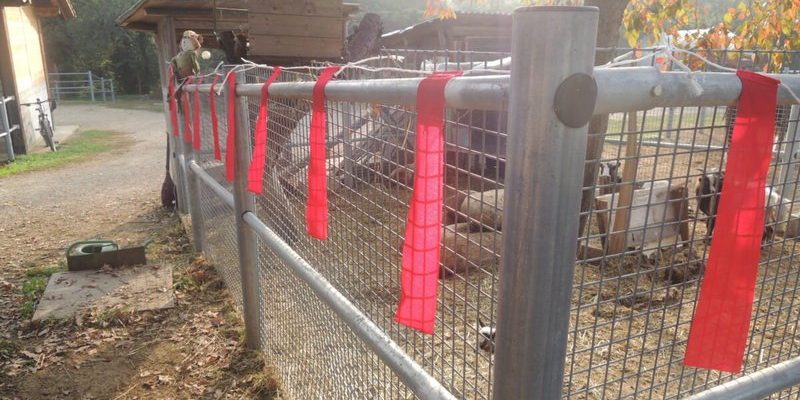
But don’t worry—there are several straightforward steps you can take to keep your kennel safe and your pups happy. I’ll walk you through everything you need to know, from understanding what wolf worms are to implementing effective preventative measures. By the end of this article, you’ll have a solid plan to protect your outdoor space and keep your canine companions healthy.
What Are Wolf Worms?
You might be wondering, “What exactly are wolf worms?” Wolf worms, scientifically known as Cuterebra, are the larvae of a type of fly that lays its eggs in the ground. When an unsuspecting animal, like your dog, brushes against the area, these eggs hatch and burrow into the fur. This is where things can get a bit hairy—once inside, the larvae can cause serious infections. Symptoms might include swelling, irritation, and, in some cases, it can even get worse if the larvae aren’t removed.
The term “wolf worm” can sound quite intimidating, but let’s break it down. These parasites often affect young dogs or those with weak immune systems. They thrive in specific environments, which can sometimes be right in our backyards or at local parks. Understanding what they are and how they work is the first step in preventing infestations.
Identifying Areas Where Wolf Worms Thrive
To keep your outdoor space free from wolf worms, it’s essential to identify where these pesky critters like to hang out. Wolf worms prefer grassy, bushy areas, especially those that are damp and shady. They often lay their eggs in soil that’s rich in organic matter. To avoid creating a breeding ground, keep an eye on certain spots in your yard.
Consider these potential hotspots:
- Tall grass: This is a favorite hiding spot for wolf worms.
- Moist areas: Stagnant water or overly wet soil provides the perfect environment.
- Shade: Areas with dense cover are attractive for these flies to lay eggs.
Regularly assess your yard’s layout. If you notice any of these conditions, make adjustments to minimize the threat. You might even want to think about landscaping changes to eliminate the right environments for these worms.
Maintaining a Clean and Dry Kennel
A clean kennel is your first line of defense against wolf worms. Just like you wouldn’t leave out food that attracts pests, a tidy space will discourage these pesky larvae from making a home in your pet’s area. Here’s how to keep things clean and dry:
1. Regular Cleaning: Clean the kennel frequently. This includes removing old bedding, clearing away debris, and disinfecting surfaces. A good rule of thumb is to do deep cleanings every week and spot clean daily.
2. Dry Bedding: Ensure that your dog’s bedding stays dry. Wet environments are breeding grounds for various pests, including flies. Change out the bedding regularly and consider using materials that resist moisture.
3. Grooming Your Dog: Regular grooming isn’t just about keeping your dog’s coat shiny; it helps remove any eggs or larvae that might be lurking. Brush your pets frequently and keep an eye out for any signs of irritation or swelling.
Keeping a clean and dry kennel may not seem glamorous, but it’s a small effort that can make a massive difference in preventing wolf worms.
Using Preventative Treatments
Preventing wolf worms isn’t just about cleaning—it can also include using specific preventative treatments. These products can help protect your pets from worms and other parasites:
– Topical Treatments: Options like flea and tick topical solutions can also deter fly activity. Consult your vet for recommendations that suit your dog’s needs.
– Oral Medications: Certain medications can aid in deterring larvae infestations. Again, your veterinarian can provide tailored advice.
– Environmental Sprays: There are sprays available designed to repel flies. Use these around the kennel, but be sure they’re safe for pets and plants.
The key is to take a proactive approach. By integrating these treatments into your routine, you’ll significantly lower the risk of wolf worm infestations in your outdoor kennel.
Monitoring Your Pets
As a dog owner, it’s essential to monitor your pets for any signs of wolf worm infestation. The earlier you catch it, the better. Look out for symptoms like:
- Swelling or lumps: These could indicate larvae beneath the skin.
- Itching or scratching: Your dog might be unable to get comfortable due to irritation from the worms.
- Behavior changes: If your dog seems unusually agitated or withdrawn, it could be related to discomfort.
Regular vet check-ups can also help catch infestations before they worsen. Even if your dog seems healthy, it doesn’t hurt to discuss potential risks with your veterinarian, especially if you’ve noticed any symptoms.
Creating a Safe Outdoor Environment
Besides cleaning and administering treatments, creating a safe outdoor environment for your dogs is vital. Here are some measures to consider:
– Fencing and Borders: Secure fencing can help keep wildlife away, which is essential since many wild animals can carry wolf worms or act as hosts for the flies that produce them.
– Landscaping Choices: Opt for non-grassy areas around the kennels to minimize hiding spots for wolf worms. Gravel or concrete surfaces can deter fly activity significantly.
– Regular Yard Maintenance: Mowing the lawn regularly and trimming hedges can help eliminate potential nesting sites for flies.
The more effort you put into creating a safe, clean, and well-maintained yard, the less chance wolf worms will find a way in.
Educating Yourself and Others
Finally, educating yourself and your family about the dangers of wolf worms can go a long way in prevention. Share information with fellow pet owners, neighbors, and anyone who might own dogs. You could even have friendly discussions at the local dog park about best practices for keeping dogs safe from these kinds of infestations.
Participating in community events, like dog shows or local meet-ups, can help raise awareness about this issue. When everyone is informed, more pets can stay healthy and safe.
In conclusion, preventing wolf worm infestations in outdoor kennels is entirely doable with some proactive measures. By maintaining a clean environment, using preventative treatments, and staying vigilant, you’ll provide your furry friends with a safe haven. It’s all about being thoughtful and taking those extra steps to ensure your pets are happy and healthy. You’ve got this!

